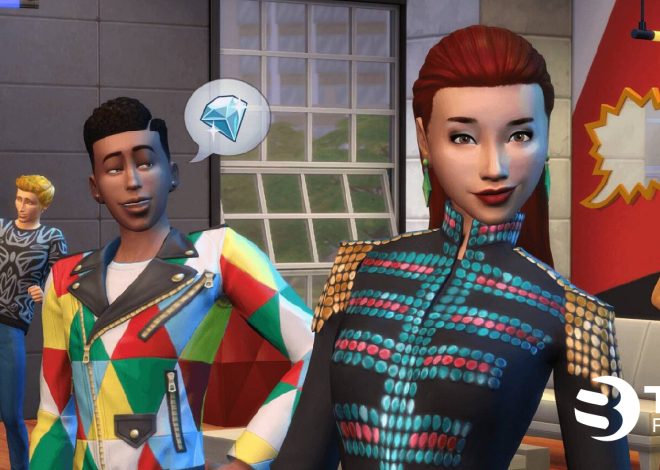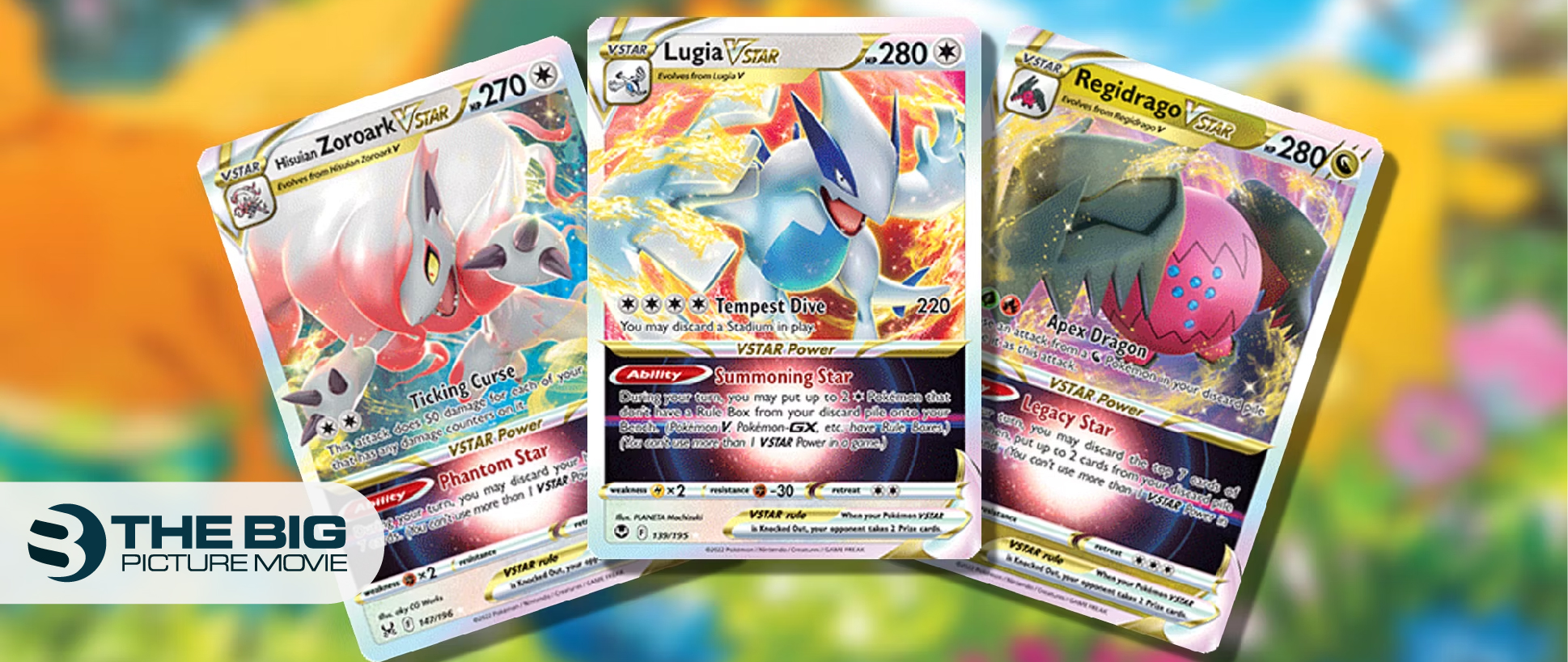
How to Play Pokemon Cards Game
Pokemon has certainly lived up to its catchy phrase with animated tv shows, movies, video games, and toys. So if you like Pokemon movies, television shows, and video games, you will probably like to play Pokemon cards.
It is a prodigious means to have amusement with your friends and understand Pokemon combats in real life. This beginner’s attendant will get you on track with how to play the Pokemon card game, from preference up card, rules of attacking, and status possessions to getting to grips with how evolutions work.
A Bit of Know-How on Pokemon Cards Game
The Pokemon card game is a collectible card game established by Creatures Inc and built on the Pokemon franchise. Moreover, it was initially accessible in October 1996 by Media Factory in Japan. It is unbiassed to build an influential deck of Pokemon and combat by taking shots using bouts and skills to downfall your challenger.
Two players play at a time, each with a sundeck of 60 pokemon cards. However, the duration of a Pokemon match depends on how rapidly you can rout your opponent, but the playtime can last for over an hour.
How to Play Pokemon Cards Game?
Step 1: Decide Who Goes First

Do it by coin flip; the winner selects who goes first. Remember that the first player cannot attack their first go.
Step 2: Shuffle your Deck & Draw the Top 7 Cards
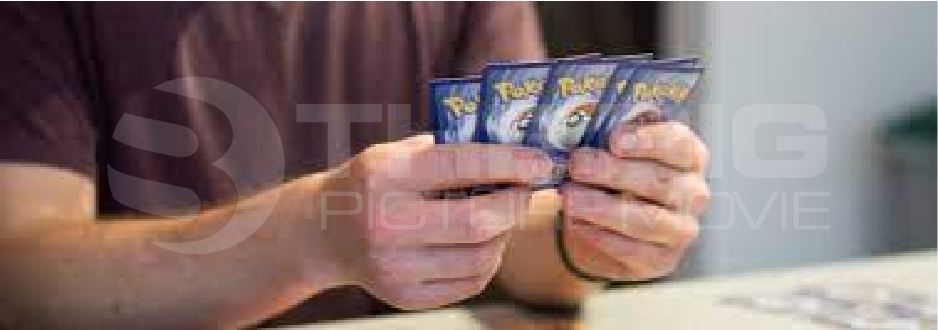
Shuffled your cards well to start to play the Pokemon card game. One-fourth to one-third of the cards in your area should be energy cards for a well-stable deck. Then take seven cards from the top of the deck and place them facedown aside. Ensure both have a similar number of cards.
Step 3: Find Basic Pokemon & Place it on Active Spot
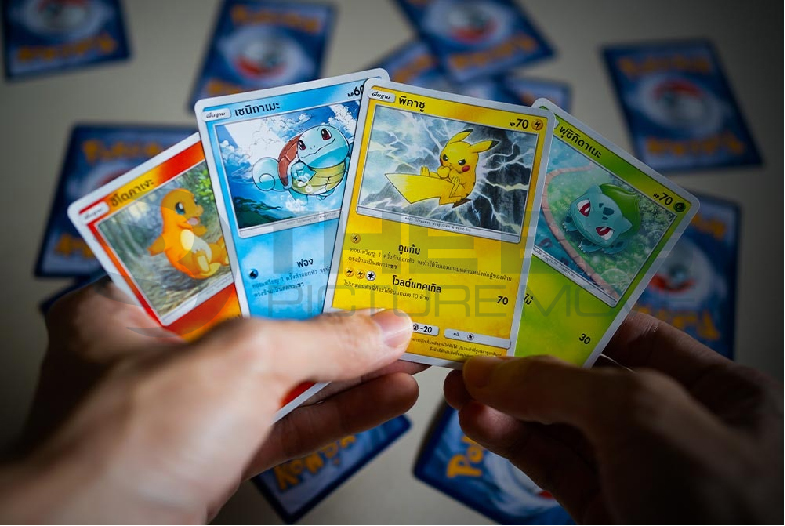
Look for the Basic pokemon card from the top 7 cards you pick. Suppose there is no Basic card. It would help if you took a mulligan. When both players have a basic Pokemon card, put the cards facedown on the active spot.
However, you can place up to 5 pokemon cards on your bench and place the 6 cards facedown from the top of your deck as prize cards to play.
Mulligan means you must show your hand to the opponent and shuffle back into the deck. Then drop the top 7 cards from the deck. Repeat this process till you have a Basic Pokemon card in your hand.
NOTE: Your challenger can draw an extra card whenever you take a mulligan.
Step 4: Draw a Card
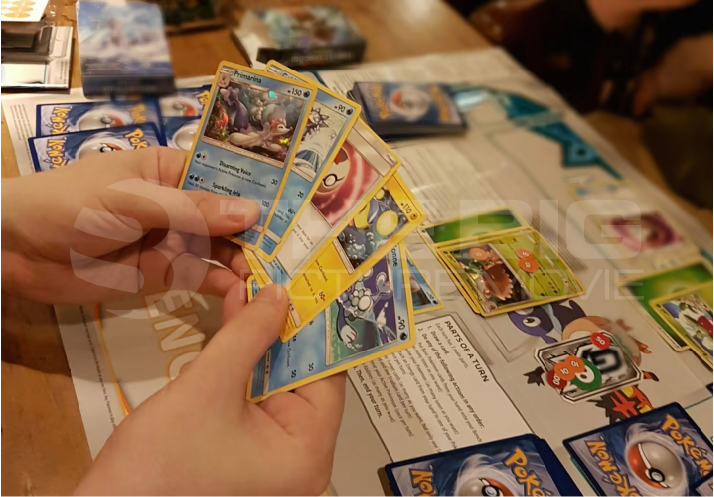
This step is compulsory, and you don’t have the option to select whether you want to draw a card.
Step 5: Play your Pokemon Cards
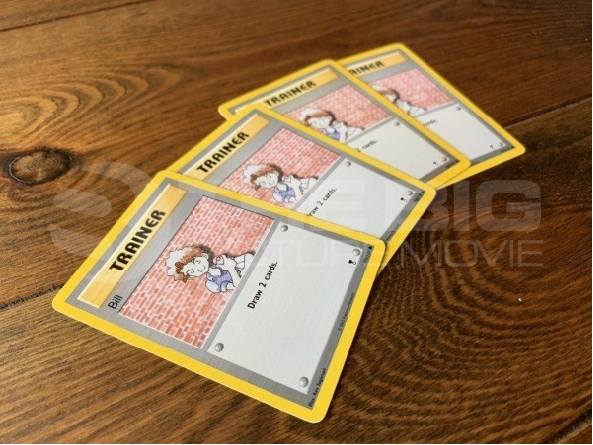
Now you must play any Pokemon card as many times as you like.
- Play a Basic Pokemon: You can dwell the Basic Pokemon on your bench, except a card on the field utters otherwise.
- Attach an Energy Card: You can attach one Energy card each turn by insertion it under one of your pokemon cards, except a card on the field utters otherwise.
- Use a Pokemon Ability: Some pokemon have abilities that can be used for distinct effects listed on the cards. However, abilities are not attacks, so you can still outbreak after using the abilities.
- Retreat your Pokemon: To retreat a Pokemon, change it to another one on your bench. You must pay a retreat cost by removing the energy attached to that Pokemon. The retreat charge will be registered at the bottom of the card. Remember, a player can just retreat once per turn.
- Play Trainer Pokemon Card: These cards describe their effects on the card and let you do many supportive things. But when they are used, they go to the discard pile. They stay there with the Pokemon till it gets blown away.
- Evolve your Pokemon: If you have an evolution card on your bench, you can evolve the Pokemon by insertion that card on top of it. Moreover, you can’t use it on the first turn. It is occupied either by benching them or evolving them without using an effect.
Step 6: Attack your Rival Active Pokemon
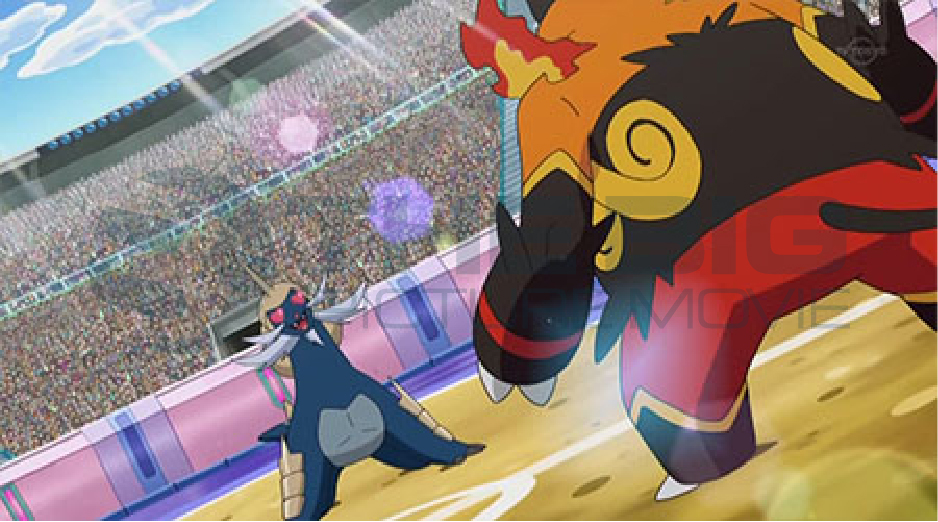
Then play to attack your opponent’s active Pokemon cards with yours. To attack, you have the same amount of energy needed. However, if you get an attack on your Pokemon card, conditions are most often applied due to an attack.
NOTE: Remember that the conditions below are removed when a Pokemon retreats to your bench.
- Asleep: When a pokemon is asleep, specify it with a token or spin the card to the left. After your turn, flip a coin; if heads appear, your Pokemon wakes up. If tails appear, it stays asleep. Moreover, when a pokemon is asleep, it cannot attack unless a Trainer card retreats them.
- Paralyzed: When a pokemon is paralyzed, show it with a token or turn the card to the right. The paralyzed Pokemon cannot attack or retreat on their next turn. This condition will remove when your turn ends.
- Burned: You can show a burned Pokemon with a token. Ultimately, both players turned all burnt pokemon cards taking 20 damage to play. After that, flip a coin; if heads appear, your Pokemon is no longer burned. If tails appear, your Pokemon leftovers burn till it retreats.
- Poisoned: Poisoned pokemon revenue 10 damage between each turn. This condition leftovers till your Pokemon retreats.
- Confused: When a Pokemon is confused, show it by revolving the card upside down. Confused Pokemon have to flip a coin after affirming an attack. If heads appear, the attack occurs normally. If tails appear, the attack is canceled, and the attacking Pokemon revenues 30 damage. Furthermore, this condition leftovers till your Pokemon are retreated or converted into Asleep or Paralyzes.
Conclusion
In the end, I have said two things
- You will lose the game if you have no pokemon cards to inducement at the jolt of your turn and your bench is bursting to play.
- If an opponent attack knocks out your active Pokemon, that card and all of its attached cards are discarded, and you have to select a Pokemon from your bench to become your new active Pokemon instantly. You will lose the game if you cannot assert a new active pokemon from your bench.
However, both players set aside six prize cards which are rewarded to the opponent once a round is won. To conquest, a player usually gets one prize card from their opponent’s deck. When a player receives all their opponent’s prize cards, it is the game’s winner.
So, don’t forget to share your thoughts on how you will like to play the pokemon cards game.

